Watching hundreds of northern elephant seals along the California coast, it can be hard to believe that these animals were almost slaughtered into oblivion.
In fact, in the 1880s, northern elephant seals were declared extinct.
Today, easily viewable colonies of northern elephant seals are testament to one of this continent’s greatest (and most unheralded) wildlife recoveries.
Northern elephant seals are dramatic animals. A large male can reach 5,000 pounds and has an extraordinarily large nose (hence its name). That nose is used to make loud roaring noises during the mating season, when males battle on beaches for females.
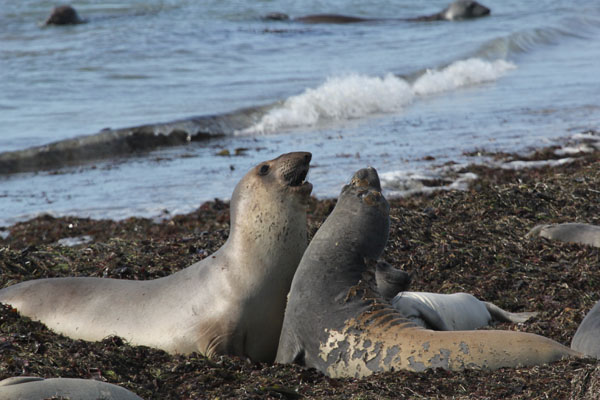
These animals live in cold water, and part that weight includes a thick layer of blubber. That blubber was used as an energy source for lamps and other lighting.
This presented a case of energy development that relied on killing living creatures. It wasn’t pretty. Elephant seals were relentlessly slaughtered, until only isolated populations remained.
After being declared extinct in 1884, a remnant population of eight animals was found on Mexico’s Guadalupe Island eight years later.
In what has to be a low point in the history of scientific expeditions, a Smithsonian team then proceeded to kill seven of those eight animals for specimens.
But elephant seals survived out of sight, with the population reduced to an estimated 200 animals. Mexico officially protected the species in 1922, with the United States following a few years later.
Sometimes, recovering an endangered species is exceedingly complicated, involving habitat protection and restoration, captive breeding and other intensive efforts. But other times, it is remarkably simple: people just need to stop killing the animals.
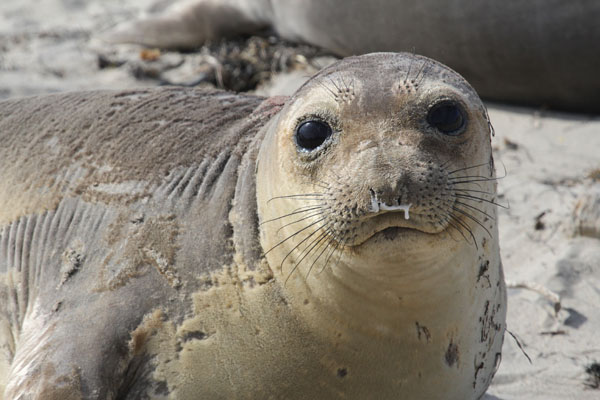
For elephant seals, the end of commercial slaughter was no doubt assisted by the fact that humans had moved on to other energy sources.
Northern elephant seals responded to the protection in a very, very big way. They began expanding north. In 1955, the first northern elephant seal was documented at Ano Nuevo State Park, where these photos were taken.
The first pup was born at Ano Nuevo in 1961. Four years later, males began hauling out and battling on the beaches there.
Currently, thousands of pups are born annually at Ano Nuevo, and the overall population of northern elephant seals is estimated at 100,000 animals.
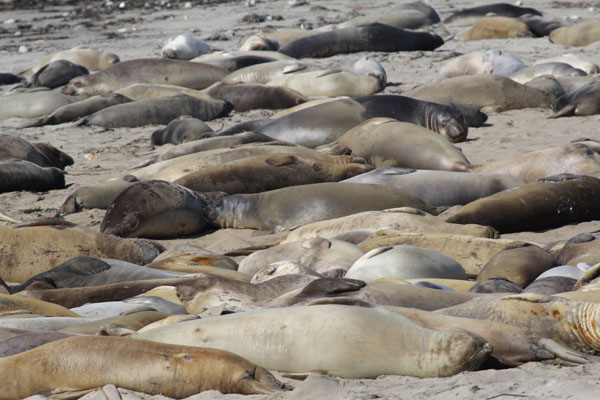
That’s not to say they don’t face challenges. The low number of elephant seals in the late 1880s created a genetic bottleneck for the species, and studies suggest this could make them more susceptible to disease and pollution.
Some also face hazards like being tangled in fishing nets. When I was visiting Ano Nuevo State Park, researchers from the University of California – Santa Cruz diverted from their scientific duties to search for a seal reported to have netting wrapped around it.
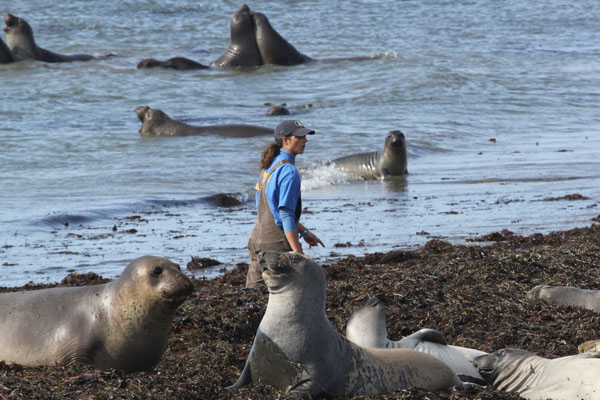
Despite this, the California population continues to grow 25 percent each year.
You can enjoy this spectacular conservation success at several protected areas, including Piedras Blancas and Point Reyes National Seashore. Ano Nuevo remains a great place to see lots of seals. There are guided walks during the mating season, between December 15 and March 31. The seals can be visited at other times of the year and still offer great wildlife watching experiences.
I stopped by for a nice walk and some photography two weeks ago, while the seals were molting their skins, an annual occurrence. Unlike most mammals, elephant seals shed their hair all at once (what biologists call a catastrophic molt).
They may not look their best during this time, but they’re still entertaining to watch.
Be sure to follow park regulations, give the seals plenty of space, and enjoy the sight of these marine mammals – still here thanks to wildlife laws, protected areas and sound conservation practices.

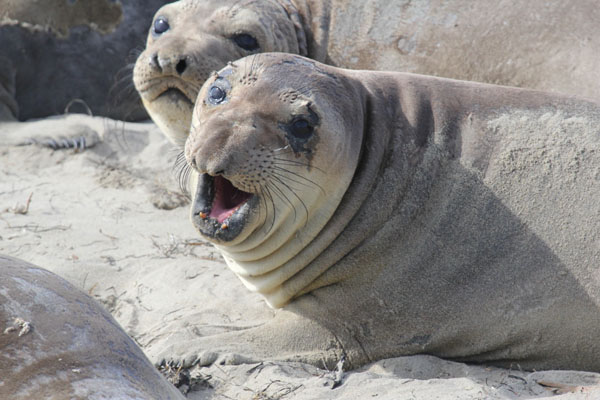



Thanks for the informative post, Matt! 🙂
It is very pleasant to see these beautiful creatures rebounding from the brink of extinction! Volunteering for the California Wildlife Center and working to save these defenseless animals gave me much insight to their behavior and eating patterns. They deserve all the protection that we can provide.